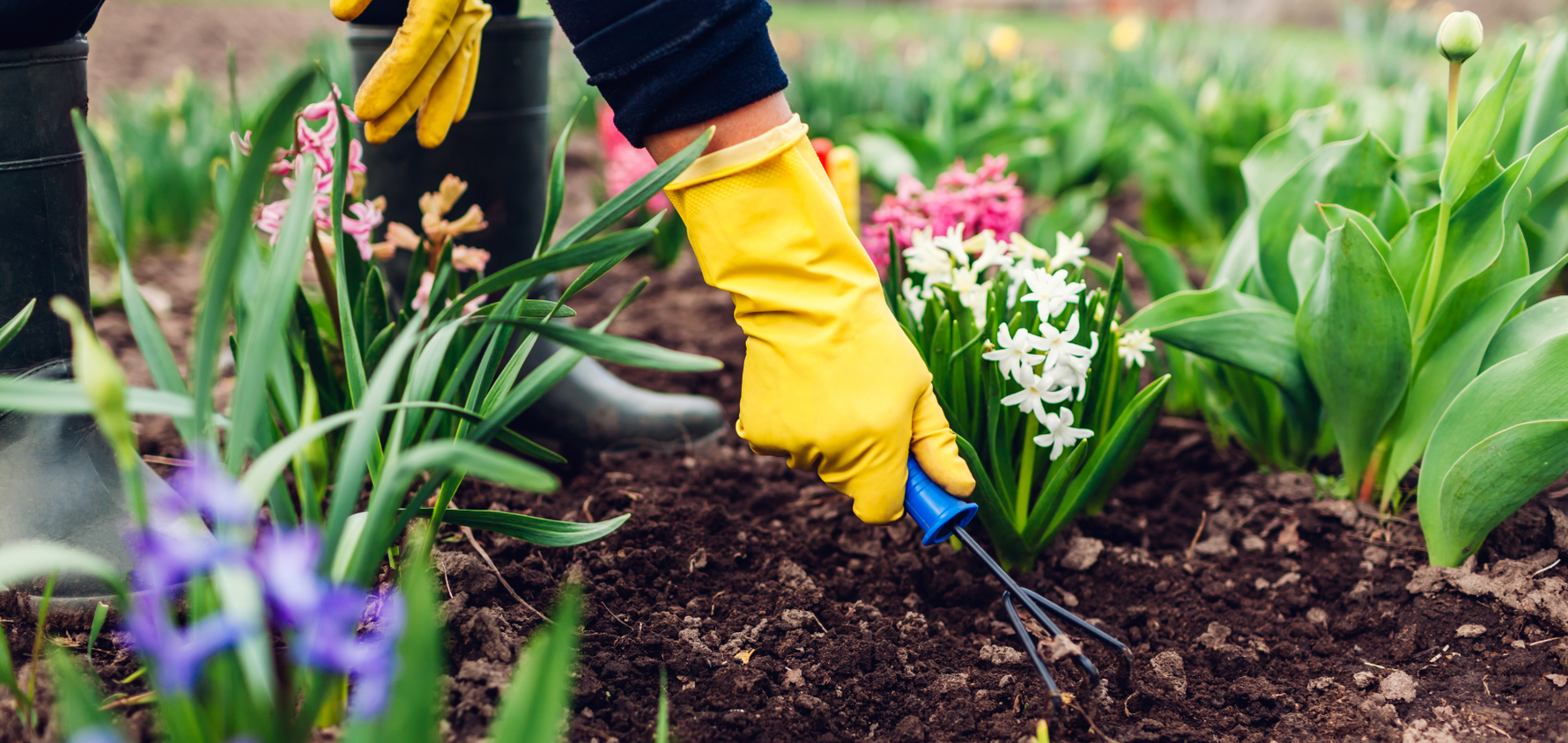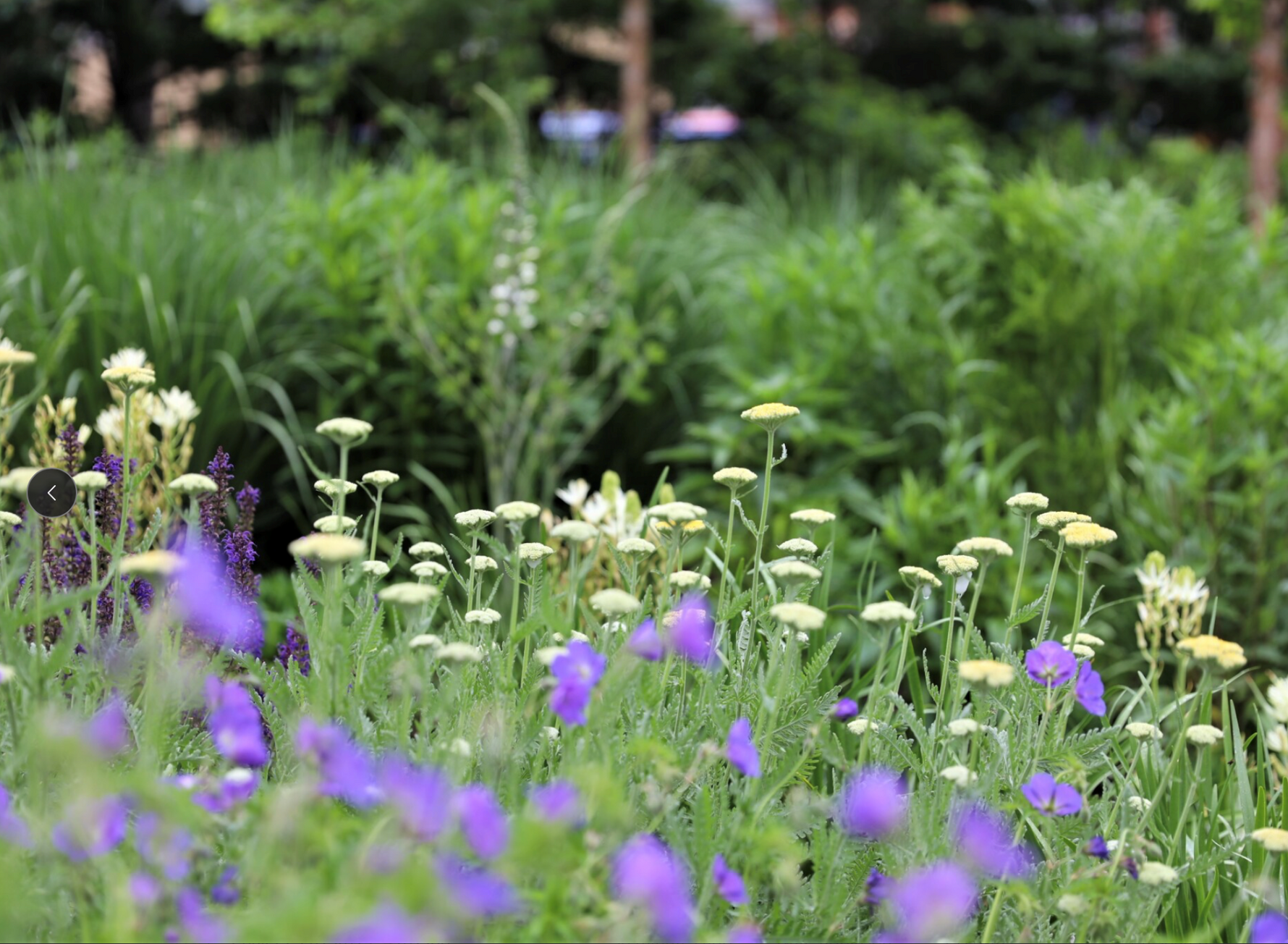March marks the beginning of a new gardening season, full of potential and growth. To help you make the most of this transitional period, we've compiled a comprehensive to-do list tailored specifically for March gardening tasks. Stay tuned each month for an updated list!
1. Plant Cool-Season Beauties
March is the perfect time to start planting cool-season plants that thrive in the lingering chill of early spring. Consider adding the following varieties to your garden:
Hellebores: Also known as Lenten roses, these early bloomers offer delicate, nodding flowers in shades of white, pink, purple, and green.
Pansies: With their cheerful faces and vibrant colors, pansies are a staple of spring gardens, providing a pop of color after the winter months.
Primroses: These dainty flowers come in a rainbow of hues and are prized for their ability to brighten shady spots in the garden.
Perennial Violas: Similar to pansies but smaller in size, perennial violas add charm to borders, containers, and rock gardens.
Forced Spring Bulbs in Pots: Bring the beauty of spring indoors by potting up forced bulbs such as tulips, daffodils, and hyacinths for early blooms.
2. Pot Up Summer-Flowering Bulbs for an Early Start
Get a head start on summer by potting up bulbs such as dahlias, lilies, and gladiolus. By starting them indoors now, you'll ensure a longer blooming season once the warmer weather arrives.
3. Warning of Upcoming Problems
Stay ahead of potential garden pests and problems by taking proactive measures:
Ficaria Verna and Wild Onion: Combat invasive plants like Ficaria verna (formerly known as Ranunculus ficaria) and wild onion using products like Bonide Sedge Ender.
Animal Pests: Keep pesky rabbits at bay with deterrents such as Plantskydd and Bonide Repels-All.
Insects to Prevent: Guard against common garden pests like boxwood leaf miner, viburnum leaf beetle, and euonymus scale with insecticides like Bio-Advanced 12-Month Tree & Shrub Systemic Insecticide and Bonide Annual Tree & Shrub Insect Control.
Ficaria Verna
Bonide Repels-All.
Viburnum Leaf Beetle
4. Addressing the Biggest Question: How to Fix Your Lawn
Give your lawn some TLC by following these steps:
Pre-Emergent Weed Control: Apply pre-emergent weed control as early as April 15 to prevent pesky weeds from taking over.
Fertilize and Seed: Use products like Scotts Step One for Seeding or Scotts Turfbuilder TripleAction for Seeding to fertilize and prepare your lawn for seed application.
Summer Fertilization: Mark your calendar for May 31 to June 15 to apply summer fertilizer such as Espoma to keep your lawn lush and healthy.
5. Early Season Weed Prevention
Stay vigilant against early-season weeds like Ficaria nevus by seeking advice from professionals at the Chalet Diagnostic Desk.
6. Seed Starting
Start warm-season crops like tomatoes, peppers, and eggplants indoors around March 15 to give them a head start before transplanting them outdoors.
8. Spring Clean Up
Clear out debris and prepare your garden beds for new growth:
Mulch Options: Consider using mulches such as Chalet leaf mulch, compost, cotton burr mulch, or bark mulches to retain moisture and deter weeds.
Perennial Bed Clean-Up: Trim back dead foliage and tidy up perennial beds to encourage healthy growth. But be sure to wait for temperatures to go above 50 in order to protect hibernating pollinators.
Bed Preparation for Vegetables & Annuals - Prepare your garden beds for planting by incorporating products like mulch and Preen to suppress weeds and enrich the soil.
9. March Pruning
Follow best practices for pruning shrubs and trees:
Best Tools: Invest in high-quality pruning tools and keep them sharp for clean cuts.
Rule of 3: Understand when to prune spring bloomers, summer bloomers, and evergreens for optimal growth and flowering.
March is a pivotal month in the gardening calendar, signaling the start of a new growing season filled with possibilities. By following this comprehensive to-do list, you'll set yourself up for a successful and beautiful garden throughout the year. Happy gardening!
Jennifer Brennan
Horticulture Information Specialist, advising and coaching gardeners at Chalet for over 30 years.




